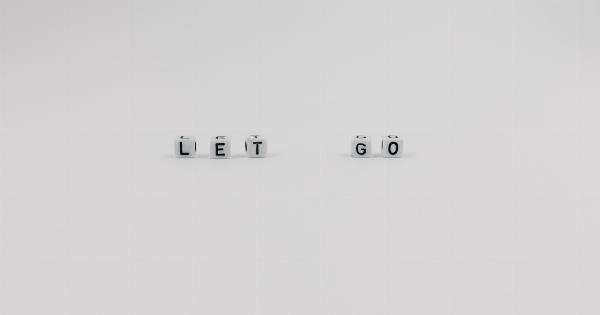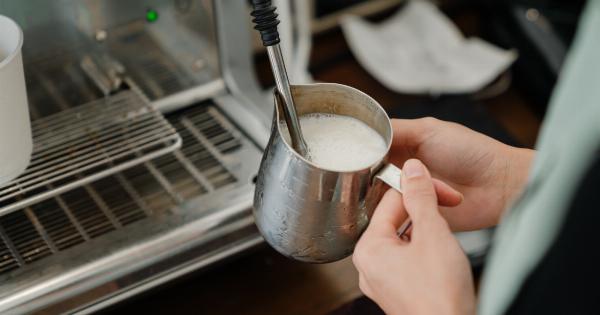Discarding items is not an easy task. It’s normal to have emotional attachments to certain belongings, even if they’re no longer useful or important in our lives.
But with a society that tends to accumulate material possessions, we must adopt the art of discarding. In this article, we’ll discuss how to overcome our emotional attachments and allow ourselves to let go of things we no longer need.
Understanding the Emotional Tie to Our Belongings
Our possessions can often hold sentimental value. From childhood mementos to items that remind us of a loved one who has passed away, we tend to keep things that hold meaning.
However, if we’re not careful, these emotional attachments can lead to clutter and a feeling of being overwhelmed.
It’s important to understand that emotions are not always rational. We may hold onto items that we don’t necessarily need or use simply because they make us feel comfortable or secure.
Recognizing these emotional ties is the first step in letting go of unnecessary possessions.
Changing Our Mindset
To overcome our emotional attachments, we must change our mindset. We often think of discarding as a negative activity, but it can actually be quite liberating.
By letting go of items we no longer need, we’re creating space for new experiences and opportunities.
Changing our mindset also means adjusting our perspective on ownership. We tend to think of our possessions as things we own for life, but in reality, most things are only temporary.
Accepting this can make it easier to let go of items that we once thought we would keep forever.
The KonMari Method
The KonMari method, created by Marie Kondo, has gained popularity in recent years for its unique approach to decluttering. The method involves going through each item in our possession and deciding whether or not it brings us joy.
While this may seem like a simple concept, it forces us to evaluate our emotional attachments to our belongings. By only keeping items that spark joy, we’re able to let go of things that no longer serve a purpose in our lives.
The Four-Box Method
Another popular method for decluttering is the four-box method. This entails going through each item in our possession and placing it in one of four boxes: keep, donate, sell, or trash.
This method is effective in that it forces us to make a decision about each item. Rather than feeling overwhelmed by the thought of letting go of all our possessions, we’re able to break the task down into smaller, more manageable steps.
The Benefits of Discarding
Discarding can have a multitude of benefits. For one, it can help us feel more organized and in control of our lives. It can also help reduce stress and anxiety, as clutter has been linked to increased levels of cortisol.
Letting go of unnecessary possessions can also free up physical space in our homes. This can make it easier to find the things we need and create a more comfortable living environment.
Conclusion
The art of discarding is not an easy one to master. It requires us to let go of our emotional attachments and adopt a new mindset towards ownership. However, the benefits of discarding can be truly transformative.
Whether you prefer the KonMari method or the four-box method, the most important thing is to start. By taking small steps towards letting go of unnecessary possessions, we can create space for new experiences and opportunities.
Remember: our possessions do not define us. It’s okay to let go of things we no longer need or use. By doing so, we’re creating space for growth and a more fulfilling life.






























